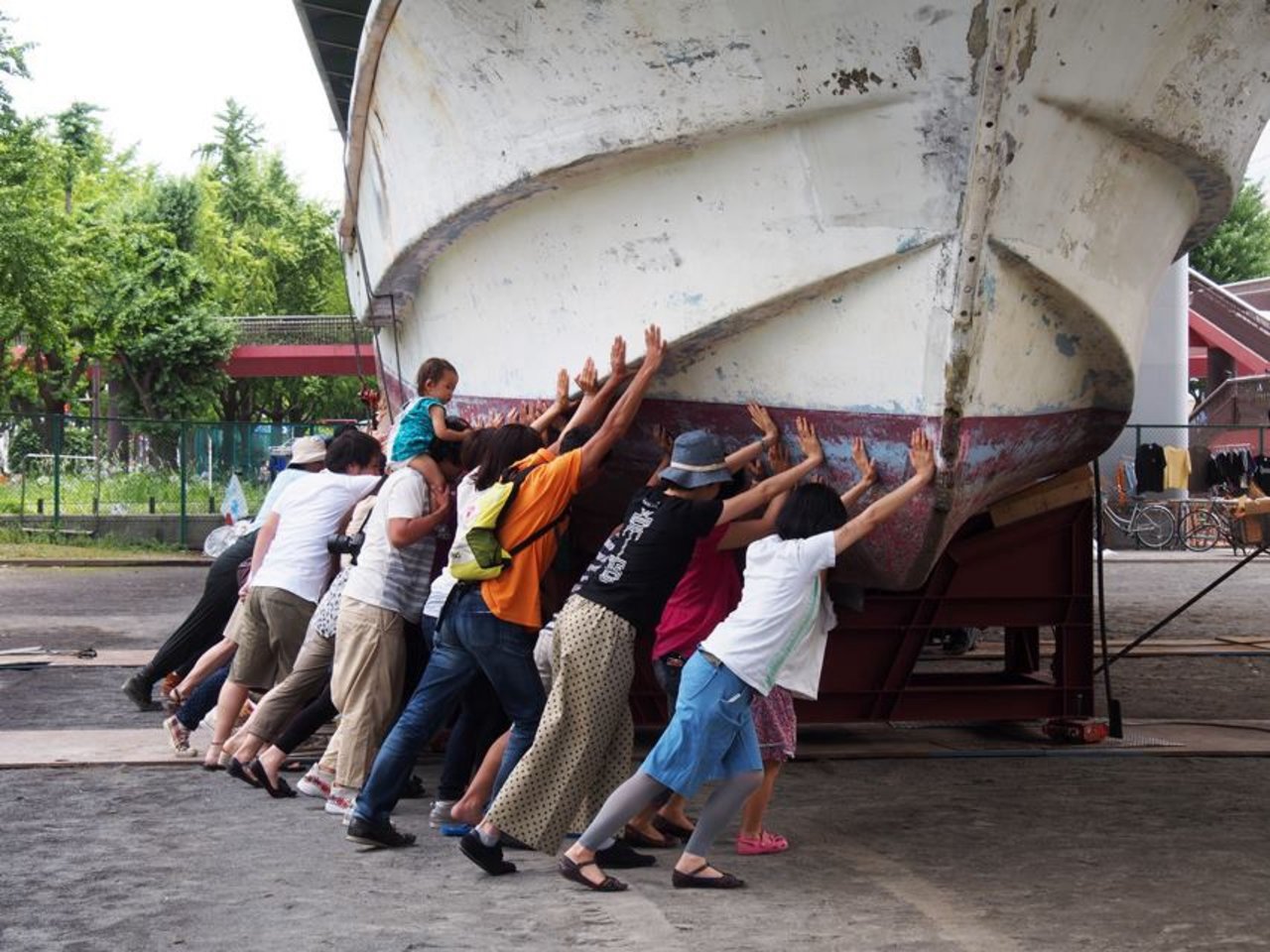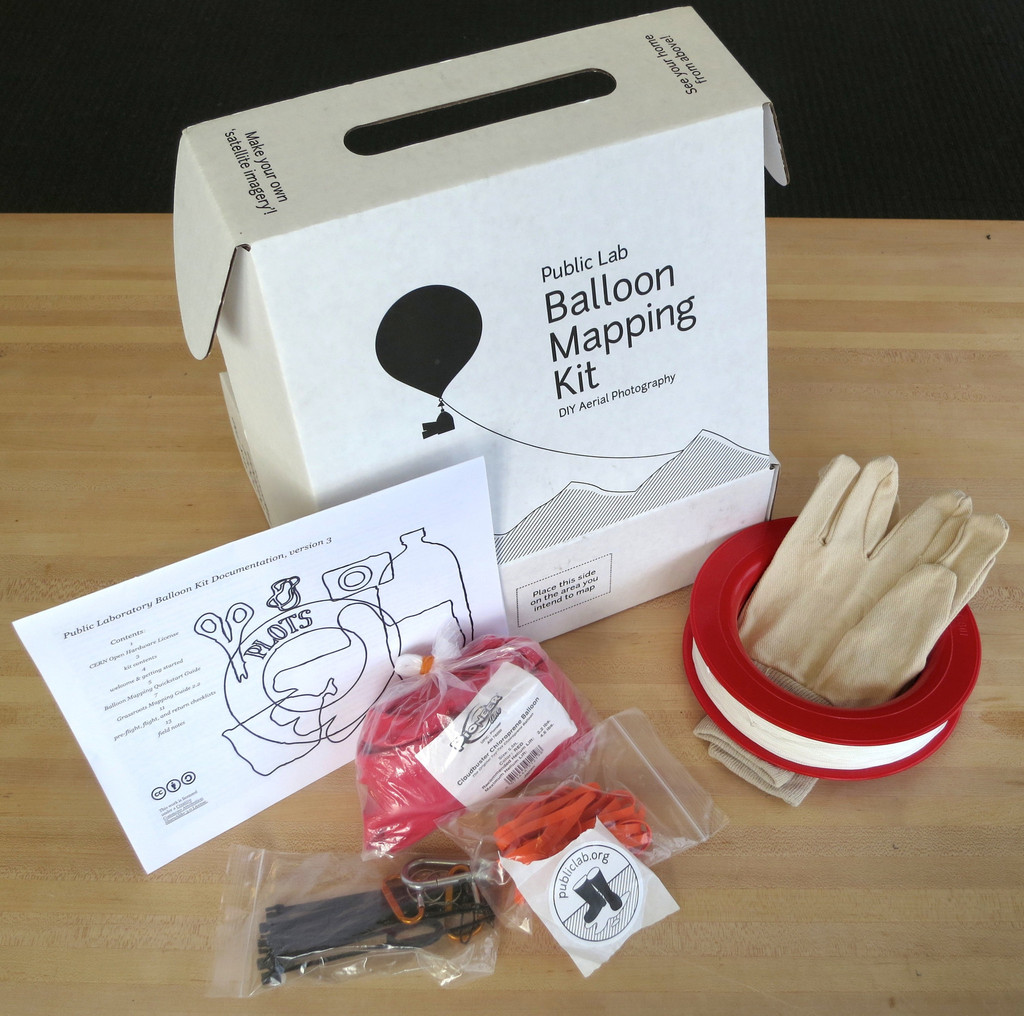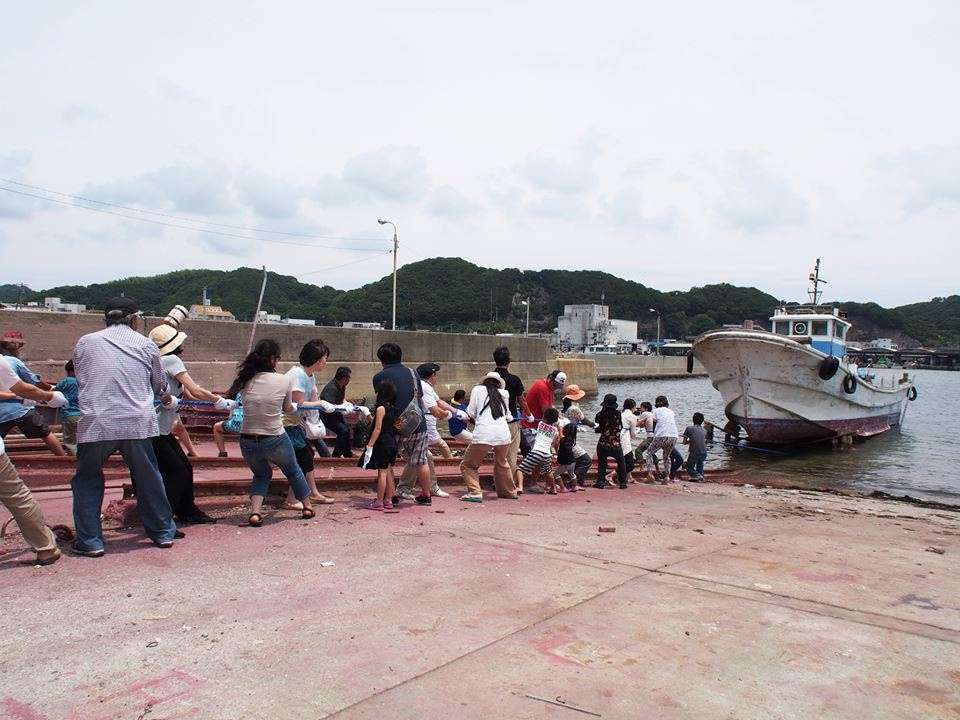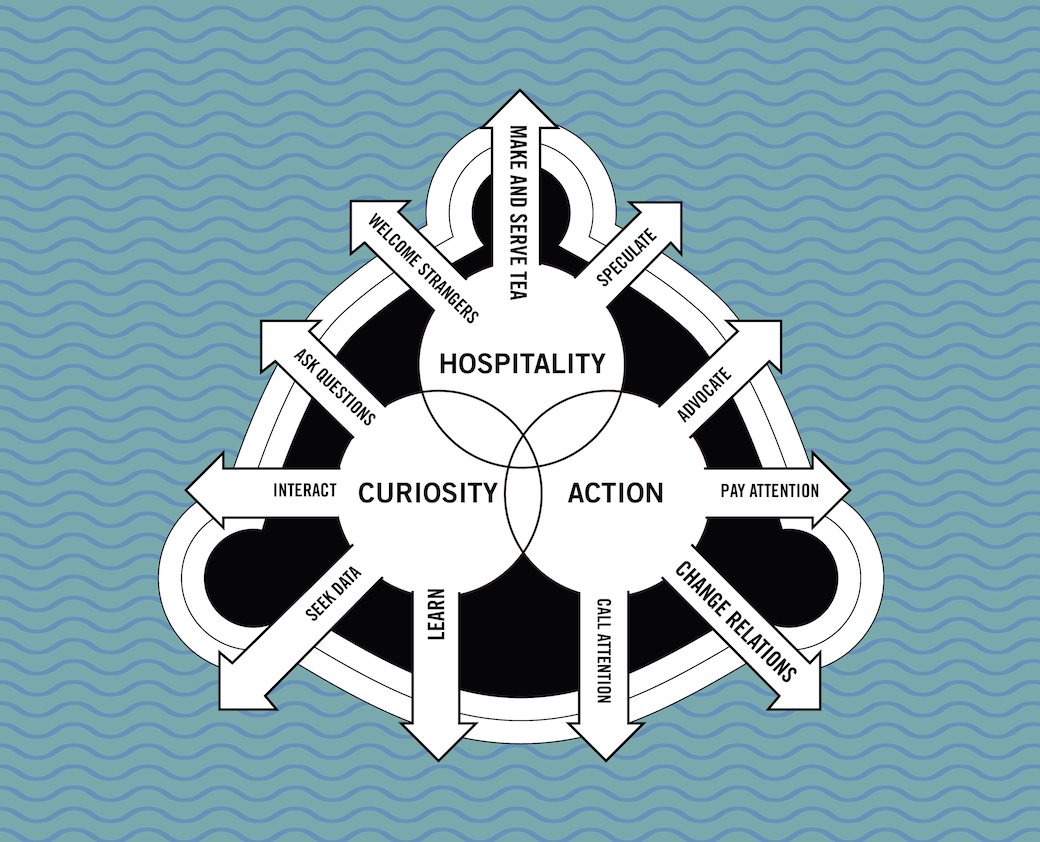“Artists alone can’t change the world. Neither can anyone else, alone. But we can choose to be a part of a world that is changing.”1 —Lucy Lippard

Blast Theory. The Thing I’ll Be Doing For The Rest Of My Life, 2013. Aichi Triennial, Nagoya Japan. Courtesy Blast Theory.
Something tells me, I am not alone in being horrified about what is happening in the world—the terror generated by ISIS in the Middle East, the turmoil and racial bigotry in America erupting in Ferguson, Missouri from the murder of a young black man by a police officer, and the geopolitical exploitation of the Keystone pipeline in Canada.
Also, I am not optimistic when witnessing the ways people are coming together around modalities of scarcity and suspicion. To counteract this, I consciously choose to focus on remarkable creative actions and alliances with peaceful citizen movements are gaining momentum around a myriad of social justice issues, from domestic workers rights and immigration reform to climate change and environmental disaster recovery. Let’s consider what happens when we shift from a necessary pragmatism of working together to the poetic, transformative possibility of “together work.”2 What makes together work distinct is that it focuses energy and agency on how people are connected to one another to experience both the urgency and the complexity of sustained collective action.

Public Lab. Balloon Mapping Kit.
For example, take Public Lab and its Balloon Mapping kit. This DIY kit, coupled with the open source Mapknitter, empowers citizen journalists and activist groups to generate productive cross-sector alliances. Public Lab’s community of users assisted the Federal Emergency Management Agency (FEMA) with the clean-up after Superstorm Sandy by providing accurate and timely aerial documentation that informed the allocation of resources.
Another project that has captured my imagination is by Blast Theory, in part because their commission for the Aichi Triennial in Nagoya Japan is such a marked departure for a group that is lauded for its hi-tech, mixed-reality public projects. The Thing I’ll Be Doing for the Rest of My Life was a response to a 2012 research trip to Sendai conducted by Blast Theory member, Matt Adams, to experience the devastating aftermath of the Great East Japan Earthquake in 2011. In 2013, another Blast Theory member, Ju Row Farr, went to Japan and over three weeks created this piece, which featured working with an incredible team of people and volunteers to drag a trawler out of the water in the fierce heat of a Nagoya summer.

Blast Theory. The Thing I’ll Be Doing for the Rest of My Life, 2013. Aichi Triennial, Nagoya Japan. Courtesy Blast Theory.
As the Blast Theory blog notes,
Enquiries in our work have expanded and are forever changed too—we talk about it all the time, what people do or can do, what work can be, what our relationship is to what is going on in the rest of the world and how we should tackle this responsibility as artists. The Japan Tsunami of 2011 was a force of nature, The Thing I’ll Be Doing For The Rest Of My Life, a force of will made by people.
Another inspiring project is Marina Zurkow’s newest work-in-progress, the Floating Studio for Dark Ecologies (FSDE), “an art/science residency program and public artwork focused on the present and future health of the Willamette/Columbia Rivers in North Portland, Oregon.” In speaking with her about the motivations for developing this effort, Zurkow shared, “FSDE challenges assumed modes of scientific inquiry by exploring the discomfort of overlapping social, biological, and economic systems relating to river health with a spirit of hospitality, curiosity, and action.” This floating studio will generate novel, creative engagements to make connections between the physical, mental, and relational health of non-humans, humans, rivers, and even oceans—an expansive embrace of together work.

Marina Zurkow. Vision Diagram for Floating Studio for Dark Ecologies (work in progress), 2014. Courtesy the artist.
In addition to these projects and practices that follow the intention of together work, I am personally involved in an ongoing research project with Jules Rochielle and Jacqueline Bell, the (SPAN) Together Survey. This effort began as an attempt to present a panel discussion on this topic at the 2014 Open Engagement (OE) conference at the Queens Museum. My proposal was not selected; instead, the OE 2014 committee offered me a chance to speak during an Open Platform session. Talk about a conceptual whiplash: take moderating a two-hour conversation with a group of four amazing artists and replace it with the opportunity to speak alone for ten minutes. Yet this radical shift in format pushed my attention into new territory, focusing on connecting with more creative practitioners working in the field over time and sharing the results. The project quickly expanded and the (SPAN) Together Survey was launched with Open Engagement, Dot To Dot Active Arts, and ArtQuest in May 2014. Over the course of six weeks, 568 colleagues from 33 countries took part and 55 percent indicated interest in participating in a follow-up interview. In broad terms, this survey invited reflection on how and where the work happens, who constitutes the public, and what tools and methodologies are employed.
The (SPAN) team has just begun to work with the data. While our desire is to generate a dynamic, aggregate visualization of the field, what this can even mean needs to be clarified. The methodology of our collection process has shaped the data substantially. Participation was initiated through the team’s personal contacts and specific online social networks, so making conclusions about the broader field would be premature.
From the preliminary demographics, what does the dominance of white respondents (66%) tell us? Why didn’t more creative practitioners of color participate? (Because there aren’t that many? Certainly not! Perhaps they didn’t hear about the survey? Probably.) Was there a lack of interest, and if so, why? What must we do to establish (SPAN) as a credible ally, to be able to engage a truly diverse network? We recognize the limitation of using a single language, English. Even when that barrier is crossed, how does the growing terminology of the field unite us, and how might it fragment or divide interests? This is just one trajectory that deserves deeper consideration. Also worth noting, in the section of the survey titled “Challenges and Obstacles,” the item “partner loss” was often ranked as high as if not higher than the item “lack of funding.” The data definitely calls for fertile exploration and points to a core concern in together work. As fellow travelers, Jules, Jacqueline, and I are now considering what it could mean to generate an image “with” the field, instead of the distanced position that is suggested when creating a visualization “of” the field.
Why are we doing this? There is already an unprecedented level of information and access to such projects all over the world. Yet much of the material is often limited to reportage by a singular voice and focuses on only the final presentation stage of a project. Exemplary work is simply not that easy, and many are deeply curious to know more about what is required.
We want to strive for clarity without sacrificing the complexity of the process, to learn from the full range of experiences and to share them with others, and to create visibility that exists in different registers. With this in mind, together work—and a lot more together practice—continues.
1. Lucy R. Lippard, “Trojan Horses: Activist Art and Power,” in Art After Modernism:
Rethinking Representation, ed. Brian Wallis (New York: New Museum of Contemporary Art, 7th printing, 1995), 344.
2. I first learned the concept of together work from Jules Rochielle, the founder of the Social Practices Art Network (SPAN).




Pingback: “Together Work” |
Pingback: Together Work - 1-954-270-7404